Feminine Familial Roles in Classic Films
Distressed Patriotic Flag Unisex T-Shirt - Celebrate Comfort and Country $11.29 USD Get it here>>

Commentary
The Epoch Times celebrates truth and tradition in all areas, including entertainment.
Many traditional role models and values are featured in classic films, especially Hollywood productions from 1934 to 1954, when the Motion Picture Production Code’s strong enforcement ensured all films’ decency for everyone. Under the Code, marriage and the family were defended and glorified. In addition to strong masculine roles, this produced traditional female roles. These feminine characters are a breath of fresh air compared to modern Hollywood’s portrayals of emasculated males and feminist females.
A great guide to admirably feminine characters in Code films is familial roles. These include genetic family positions like daughter, sister, aunt, and mother, as well as legal family titles like sister-in-law, mother-in-law, and wife. These women display compassion, acceptance, devotion, and selflessness. Although admirable in anyone, these virtues have long been associated with traditional femininity. These traits make us want to emulate these ladies in our own lives.
Genetic Relationships
The first familial role any woman plays is daughter, often forming a close bond with her mother. “Listen, Darling” (1938) celebrates this relationship through Pinkie Wingate (Judy Garland) and her widowed mother, Dottie (Mary Astor). Horrified that her mother plans to marry a stodgy man (Gene Lockhart) she doesn’t love to provide for her children, Pinkie schemes with her friend Buzz (Freddie Bartholomew) to take Dottie away. Kidnapping her mother for a road trip is drastic, but her intentions are loving. When Dottie falls in love with a free-spirited lawyer (Walter Pidgeon), Pinkie offers to leave the family so her mother is free to remarry. Pinkie’s devotion and deep love for her mother are touching.
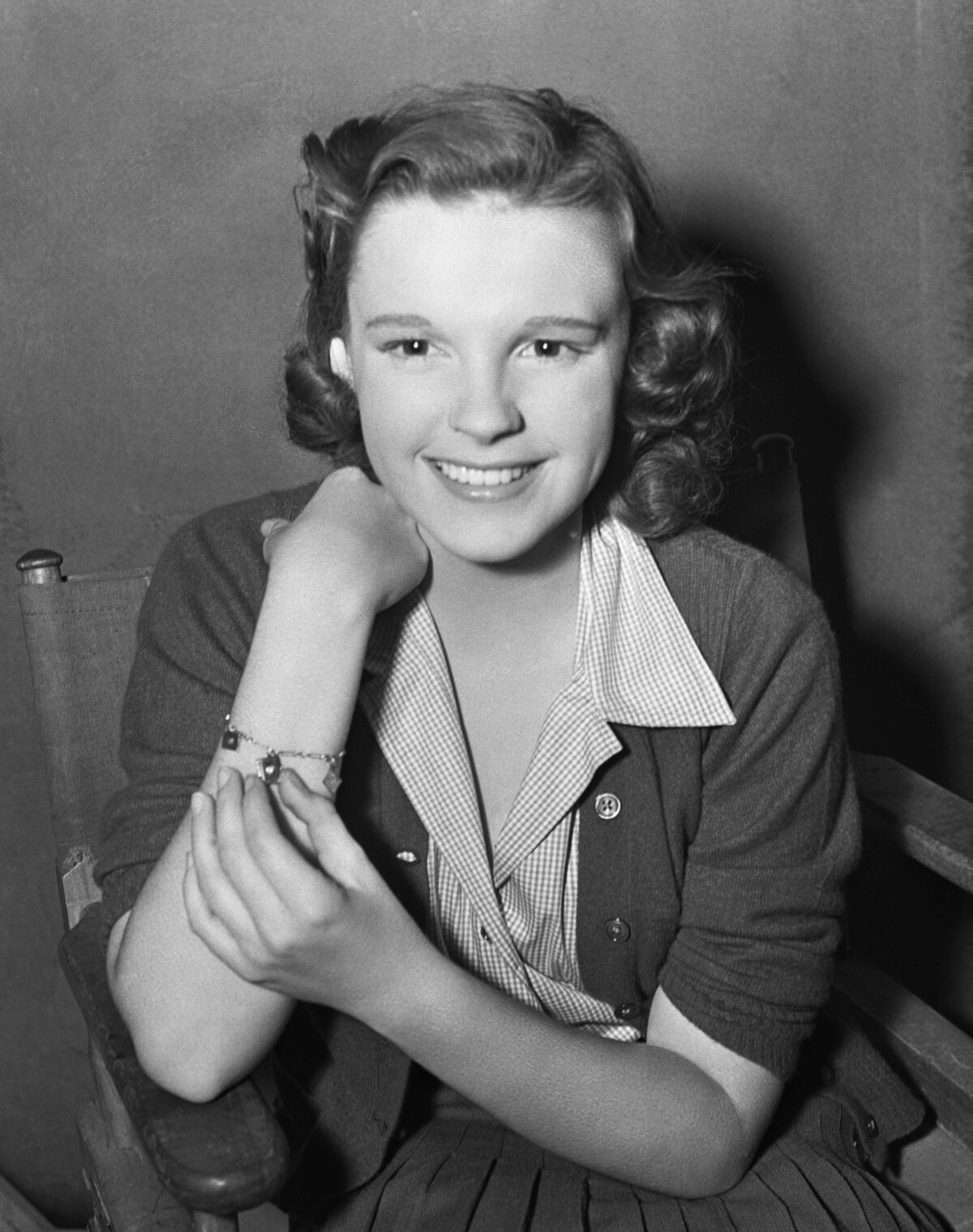
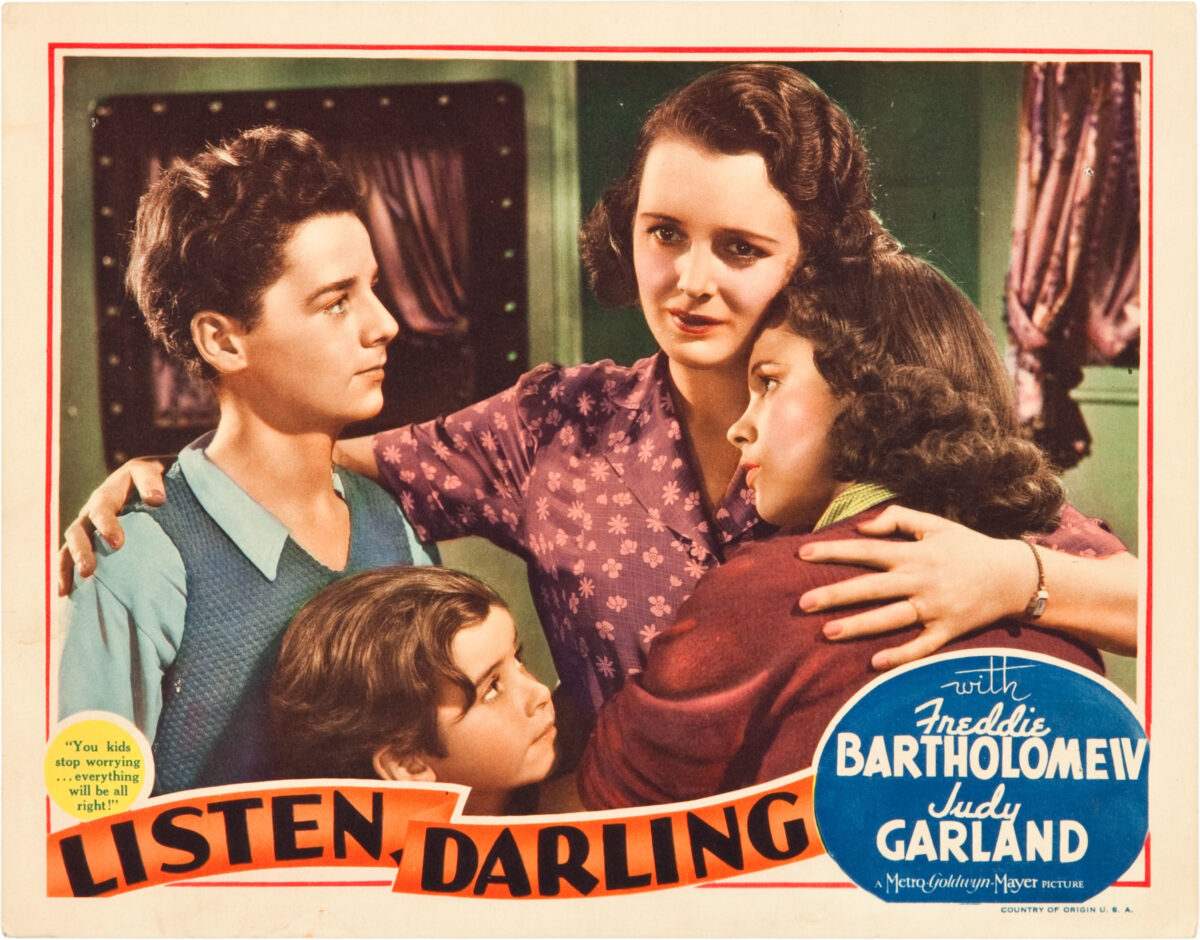
As sisters, many women learn to practice compassion and understanding with their siblings. A wonderful movie sister is Linda Seton (Katharine Hepburn) in “Holiday” (1938), the oldest of three children in a wealthy New York family. While Linda calls herself the family’s “black sheep,” her sister, Julia (Doris Nolan), is selfish and manipulative, and her brother, Ned (Lew Ayres), is an alcoholic. Although strong-willed and free-spirited, Linda tries to help make her siblings happy. When Linda meets Julia’s fiancé, Johnny Case (Cary Grant), she is overjoyed for her sister. She later refuses to acknowledge her feelings for Johnny because Julia loves him. She also encourages Ned’s music, which their father (Henry Kolker) forced him to abandon. Linda is a noble woman who loves her sister enough to share her happiness.
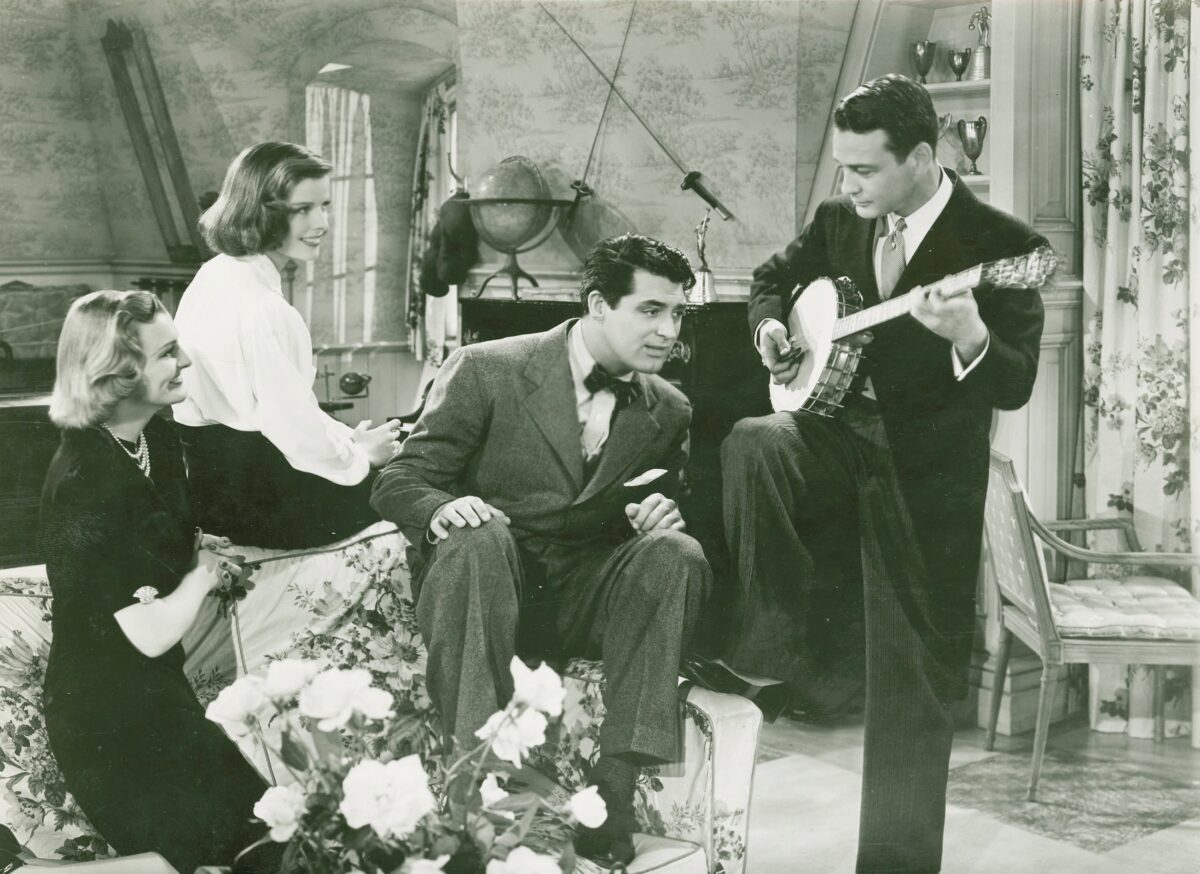
Aunts are less common in films but can be loving feminine influences. One wonderful movie aunt is Milly Forrest from the Andy Hardy film series, who is featured in all sixteen films (1937-1958). Sara Haden played Milly in all but the third and fourth films (1938), in which Betty Ross Clarke replaced her. The spinster teacher lives with her sister, Emily’s (Fay Holden) family and is a second mother to her niece (Cecilia Parker) and nephew (Mickey Rooney). While Emily is emotional and sensitive, Milly is practical and sensible. Judge Hardy (Lewis Stone) often confides concerns to his “good right arm” sister-in-law, who is more businesslike from being husbandless. “Andy Hardy’s Double Life” (1942) features one of Aunt Milly’s tenderest moments, when she bids Andy goodbye for college, calling him “the son I haven’t of my own.”
Women’s most sacred role is motherhood. “Since You Went Away” (1944) depicts one American family on the home front during World War II. With the father at war, the Hilton family is held together by Anne (Claudette Colbert), the devoted mother of two daughters. She runs the household while helping the war effort, including working in a munitions factory, aided by her daughters and her faithful maid (Hattie McDaniel). Anne feels her daughters’ emotions with them. When her older daughter, Jane (Jennifer Jones), falls in love with a young soldier, Bill Smollett II (Robert Walker), Anne lovingly guides her through a treacherous wartime romance. She helps both Jane and Brig (Shirley Temple) cope with the war’s turmoil, through which they mature into selfless women, like her.
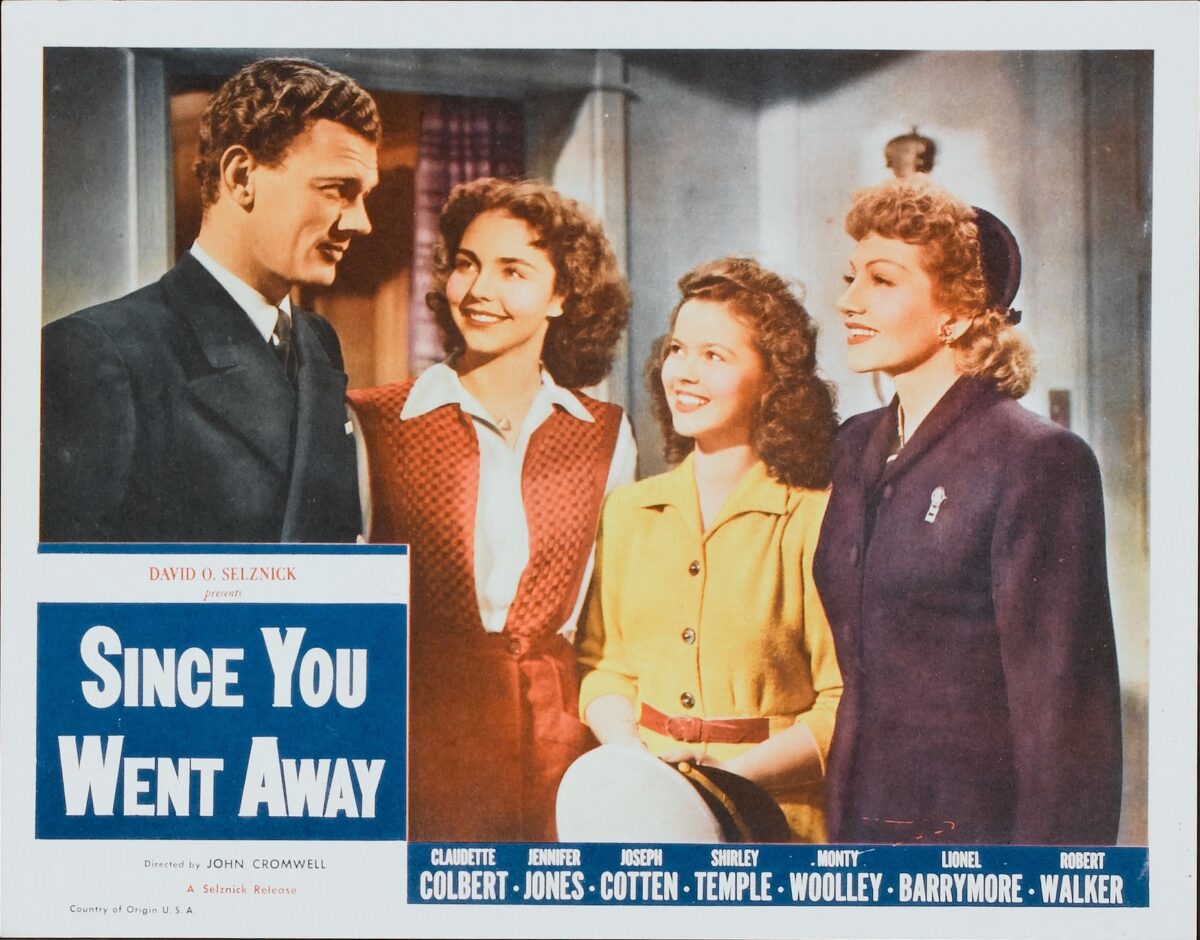
Legal Relationships
Some familial relationships are formed by marriage rather than birth, such as sisters-in-law. Melanie Hamilton Wilkes (Olivia de Havilland) in “Gone with the Wind” (1939), one of Hollywood’s saintliest characters, is a perfect sister-in-law. Sweet, loving, and accepting of everyone, she is Scarlett O’Hara’s (Vivien Leigh) sister-in-law through Scarlett’s short-lived marriage to Melanie’s brother. Although Scarlett remarries twice after Charles Hamilton (Rand Brooks) dies early in the war, Melanie is her devoted sister-in-law throughout the film. Melanie never wants to burden others, apologizes for unavoidably doing so, and always tries to help, even when bedridden after childbirth! Despite having three husbands, Scarlett loves Ashley Wilkes (Leslie Howard), Melanie’s husband. When Scarlett arrives at Ashley’s birthday party after rumors have circulated about them, Melanie lovingly welcomes her, saying, “Our Scarlett’s here.” She shows trust and forgiveness rare in a sister, let alone a sister-in-law. Her unjudging, warm acceptance of others exemplifies sisterly love.
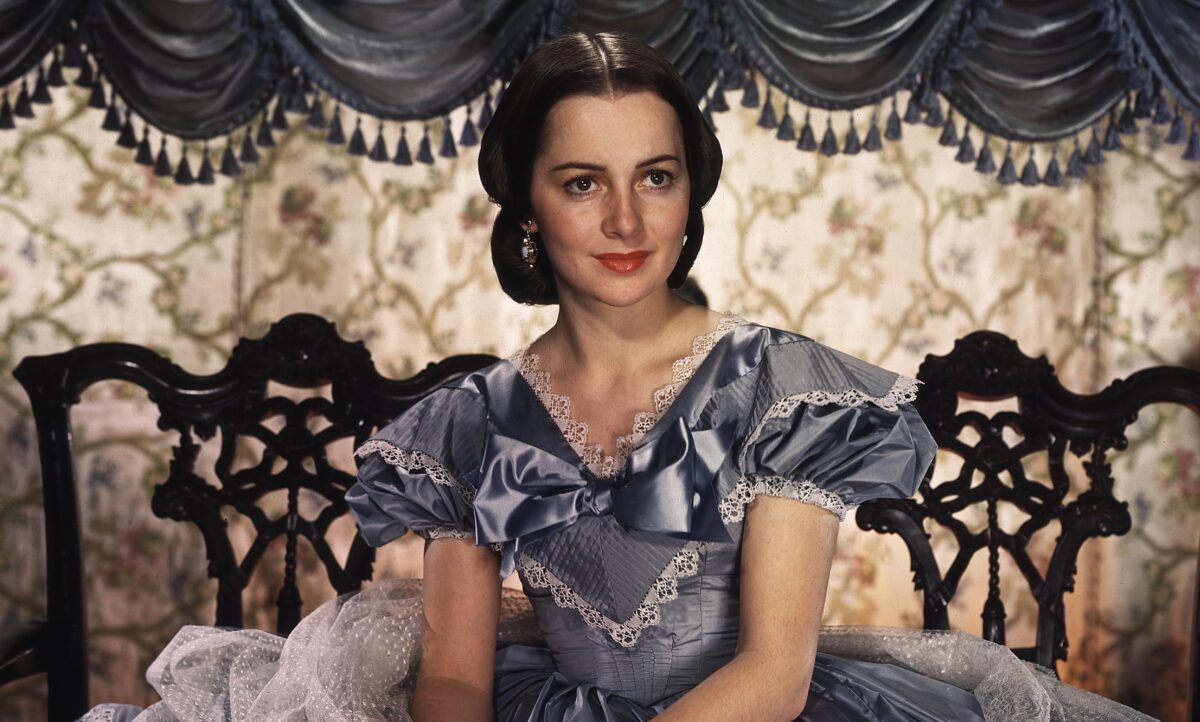
Films often show strained relationships between mothers and their sons’ wives. However, “Mrs. Miniver” (1942) shows a mother-in-law who has a tender, loving relationship with her daughter-in-law. Kay Miniver (Greer Garson) is a brave Englishwoman who bolsters her husband (Walter Pidgeon) and three children during World War II’s early days. Her oldest son, Vin (Richard Ney), marries Carol Beldon (Teresa Wright), the granddaughter of the local noblewoman (Dame May Whitty), despite ideological and class differences. Knowing that Vin loves Carol, Mrs. Miniver happily accepts her as her own daughter. After the newlyweds return from their honeymoon, Lady Beldon mentions the stationmaster’s (Henry Travers) hybrid rose, called Mrs. Miniver. Kay tells her son’s bride, “That’s you, my dear.” Despite everyone’s fears that the wartime marriage may be short-lived, Kay helps them find every possible happiness, rejoicing at gaining a daughter.
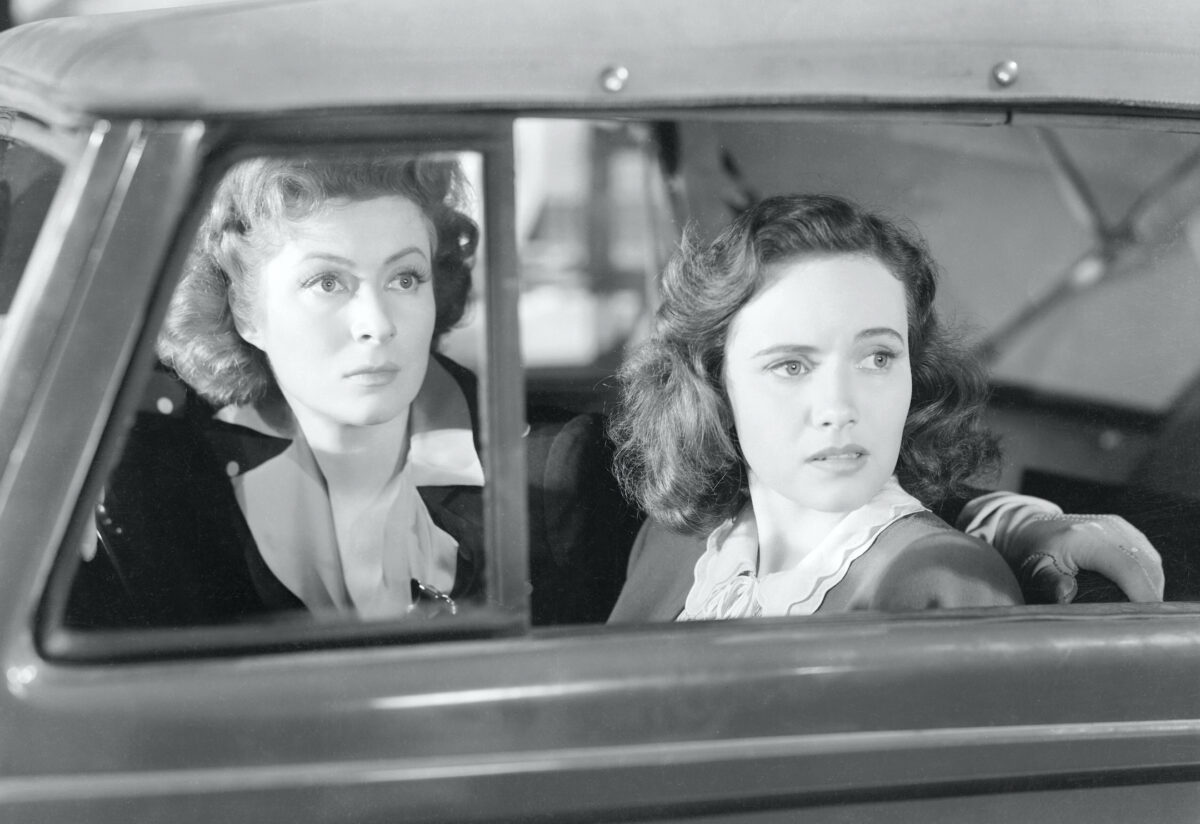
Another important feminine familial role is being a wife, especially one who helps her husband achieve his goals, like Betty MacDonald (Claudette Colbert) in “The Egg and I” (1947). On their wedding night, her husband, Bob (Fred MacMurray), tells her he has quit his job and purchased a chicken farm. Although shocked by this rash move, the city bride goes along. The farmhouse is a decrepit wilderness shack, but Bob naively thinks the setting is perfect. Betty loves his innocent, wide-eyed view toward life, so she uncomplainingly rises early, cleans, cooks, and tends livestock. Betty never imagined being a farmer’s wife, yet she finds true contentment on the farm because she and Bob build a wonderful life together.
Examples for Us All
These days, it seems like every month has been claimed by some activist group. March has been declared Women’s History Month, an expansion of International Women’s Day on March 8. Unfortunately, these events always center around women who defied traditional womanhood instead of embracing their femininity. It would be a welcome change to instead celebrate truly feminine women.
These seven films include admirable examples of femininity in familial roles. Pinkie Wingate is a daughter who will sacrifice anything to make her mother happy. Linda Seton is a sister who ignores her own feelings for the man her sister loves. Millie Forrest is an aunt who is a second mother to her niece and nephew, finding love and fulfillment in her sister’s family. Anne Hilton is a mother who helps her daughters through the crises they face during World War II. Melanie Wilkes is a sister-in-law who helps, accepts, and loves the selfish woman who wants her husband. Kay Miniver is a mother-in-law who welcomes her son’s bride as her own daughter, encouraging the couple to embrace happiness while they can. Betty MacDonald is a wife who helps her husband’s dreams of owning a chicken farm because she loves him.
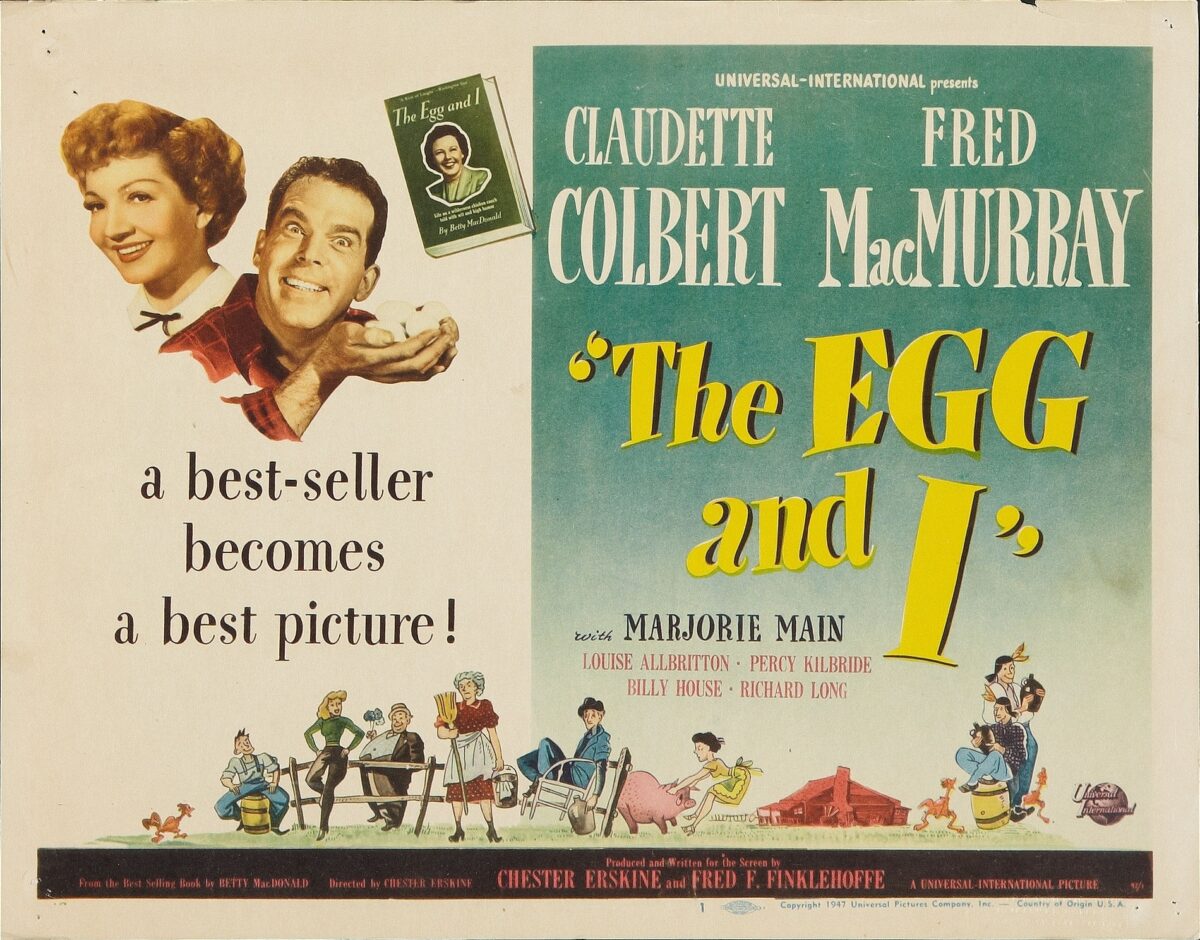
Modern Hollywood rarely presents admirable characters of either sex. Classic films from the Production Code Era contained positive, uplifting stories with wonderful role models which viewers of all ages can still enjoy. Whether young or old, single or married, related genetically or legally, these characters show us that wonderful women are loving, empathetic, selfless, and above all feminine.
Views expressed in this article are the opinions of the author and do not necessarily reflect the views of The Epoch Times.




